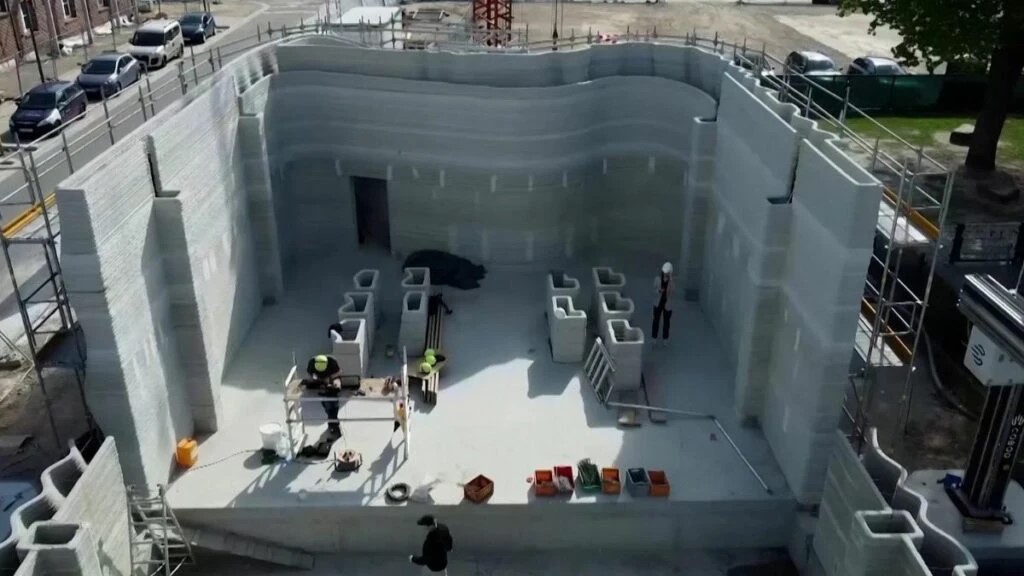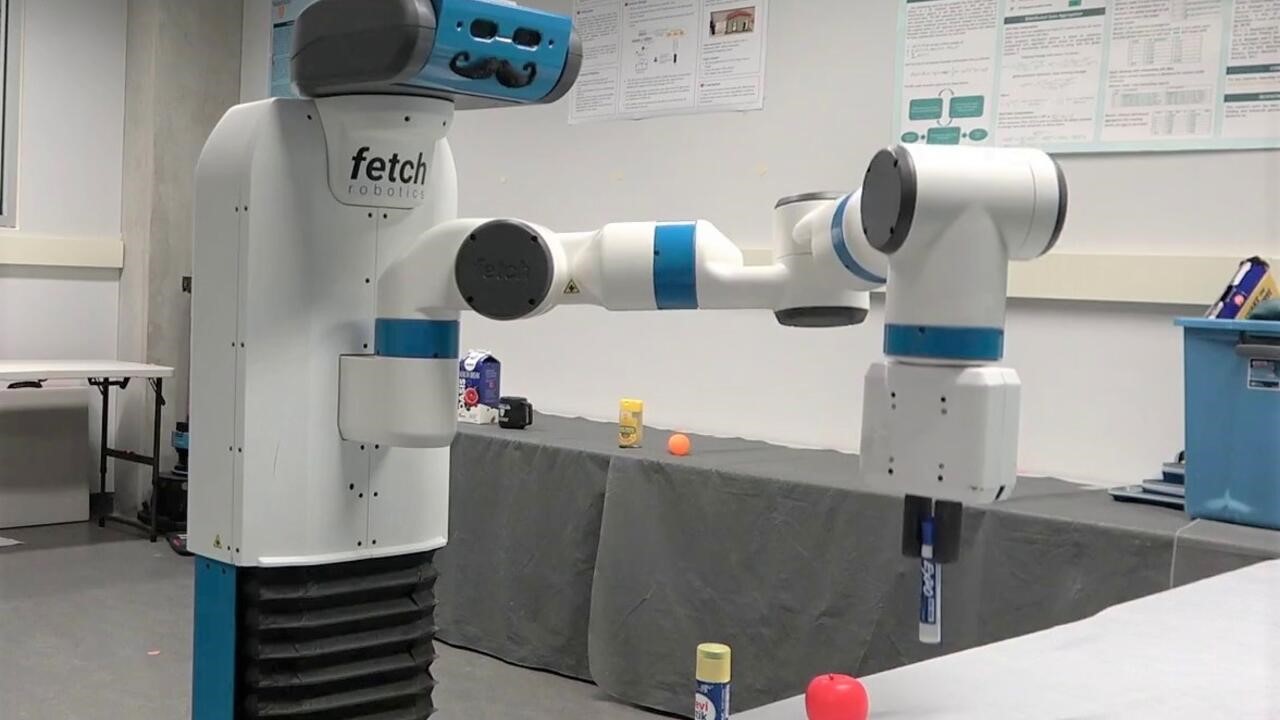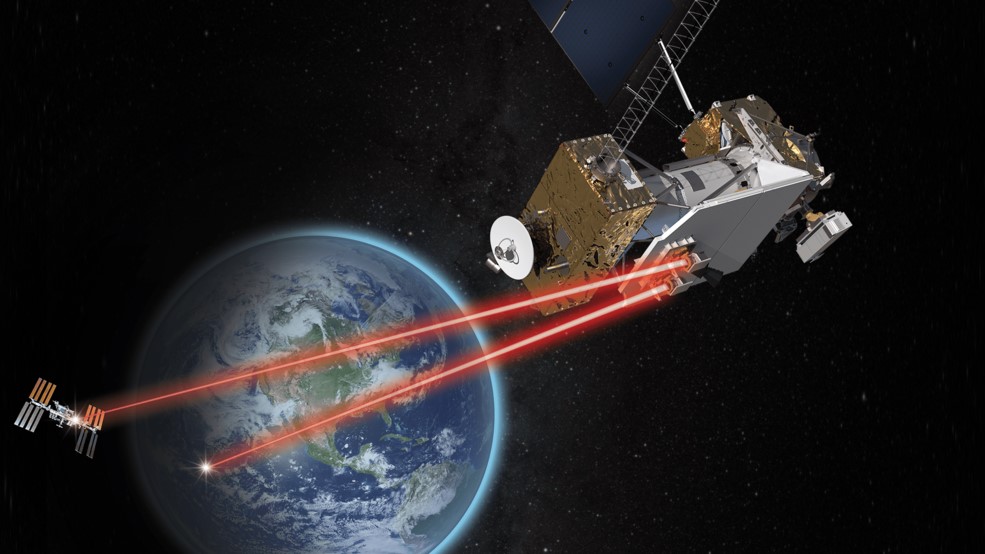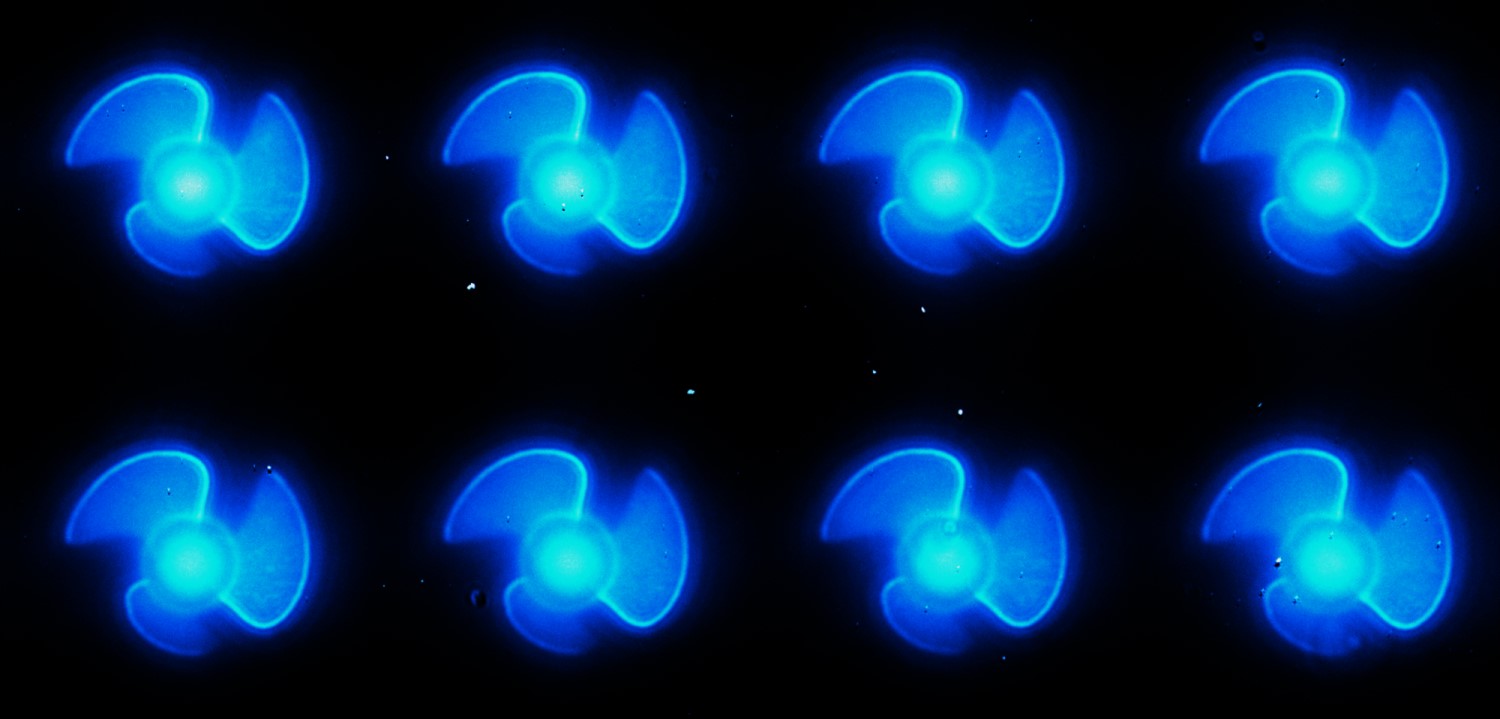NASA’s Snake-Like Robot in Search of Life on Saturn’s Moon
NASA’s Jet Propulsion Laboratory (JPL) has created a snake-like robot to explore extreme extraterrestrial terrain. This robot is an exobiology extant life surveyor (EELS) developed by NASA's Jet Propulsion Laboratory (JPL). [2]
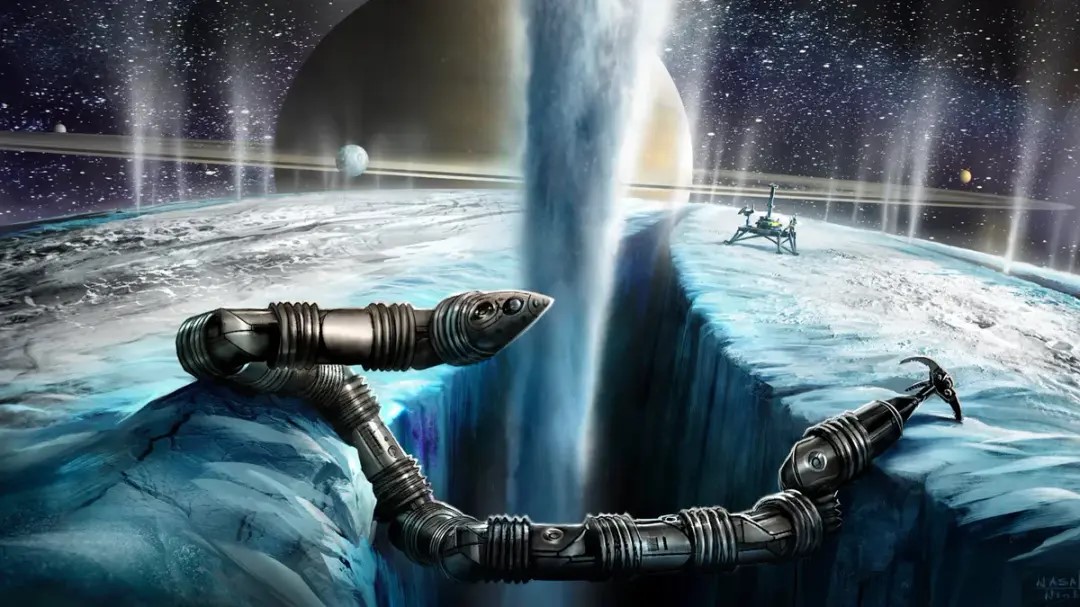
Figure 1. NASA’s Robot
The robotic snake’s capabilities
Figure 1 shows NASA’s snake-like robot. This robot could penetrate through the holes, crevices, and cracks across celestial objects and planets in our solar system. Thereby exploring deep and difficult-to-reach places. This robot has been designed to easily traverse diverse terrains such as water, sand, rock, and ice. This ability stems from the snake robot's ability to change and adapt shape in response to the landscape. It also has rotating screws to grip and wiggle through ice structures. “EELS uses first-of-a-kind rotating propulsion units that act as tracks, gripping mechanisms, and propeller units underwater, enabling the robot to access a plume vent exit and follow it to its ocean source,” according to JPL. [1]
The current iteration of EELS is 13-ft (4-m) long and weighs about 220 lb (100 kg). Its 10 identical, rotating segments use screw heads for propulsion and grip. The EELS team has experimented with different screws for use in different terrains: 3D-printed plastic screws for looser terrain and sharper metal screws for ice. [2]
According to a report, the team recently conducted Earth analog tests of the robot inside Canada's Athabasca glacier and Mount Meager volcano. This was the first step in analyzing the robot's resilience and navigation capabilities through rugged terrain and further refining the ultimate mission's design. [1]
“We have a different philosophy of robot development than traditional spacecraft, with many quick cycles of testing and correcting,” said Hiro Ono, JPL’s principal investigator. “There are dozens of textbooks about how to design a four-wheel vehicle, but there is no textbook about how to design an autonomous snake robot to boldly go where no robot has gone before. We have to write our own.” [2]
Given the communication lag between Earth and deep space, EELS’ ability to operate autonomously is important. If it runs into a problem, it needs to be able to recover on its own without relying on human assistance. [2]
“Imagine a car driving autonomously, but there are no stop signs, no traffic signals, not even any roads,” said Rohan Thakker, the project’s autonomy lead. “The robot has to figure out what the road is and try to follow it. Then it needs to go down a 100-feet [30-m] drop and not fall.” [2]
To assist with autonomy, EELS uses four pairs of stereo cameras and LiDAR (Light Detection and Ranging) to produce a 3D map of its surroundings. LiDAR determines range by targeting a surface or object with a laser and measuring the time it takes for the reflected light to return to the receiver. EELS uses this information to create navigation algorithms so that it can more easily traverse challenging spaces. [2]
To test EELS’ mapping capabilities, last year, the JPL team dropped the robot’s head – the part that contains the cameras and LiDAR – into a vertical shaft at Athabasca Glacier in the Canadian Rockies. They’ll return to the glacier in September with an updated version of EELS to see how it fared. [2]
EELS’ final form will contain 48 little motors (actuators) that will provide more flexibility. Many have built-in force-torque sensing, which will enable EELS to ‘feel’ how much pressure it’s exerting on the terrain. This will help it to navigate uneven surfaces in narrow spaces much like a rock climber does, shimmying upward or downward by pushing against opposing walls. [2]
The next step is to incorporate scientific instruments
“Our focus so far has been on autonomous capability and mobility, but eventually we’ll look at what science instruments we can integrate with EELS,” said Matthew Robinson, EELS project manager. “Scientists tell us where they want to go, what they’re most excited about, and we’ll provide a robot that will get them there.” [2]
EELS adaptability means that, aside from Enceladus, the robot snake can be used to explore Mars’ polar caps, or deep icy crevasses on our planet. [2]
Still, it's some time till EELS will be slithering across the terrain of other planets. Scientists hope the robot will be complete by fall of next year, however, it's then expected to be a decade-long wait for a spacecraft to taxi EELS to Enceladus. [2]
Source: NASA/JPL
References:
- https://interestingengineering.com/science/nasas-snake-like-robot-concept-could-search-for-life-on-saturns-moon
- https://newatlas.com/robotics/robot-snake-space-exploration/
Cite this article:
Hana M (2023), NASA’s Snake-Like Robot in Search of Life on Saturn’s Moon, AnaTechMaz, pp.196



